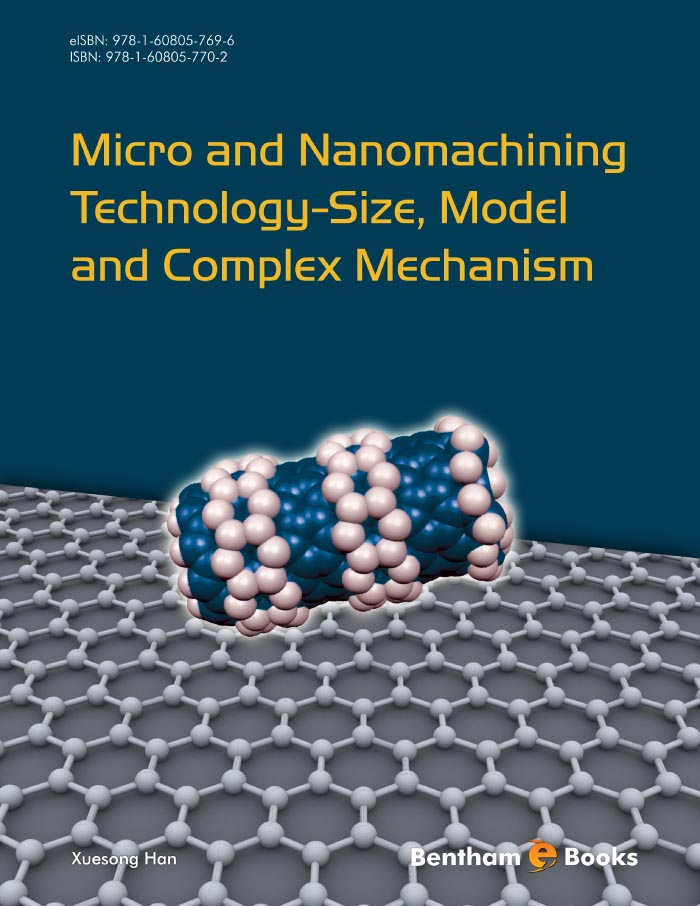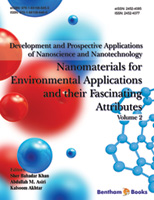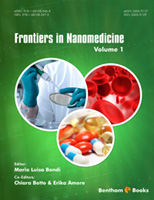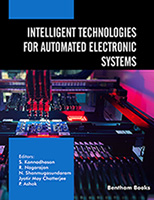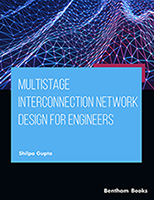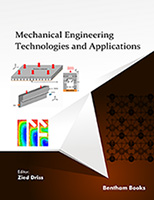Introduction
"Recent advances in science and technology such as online monitoring techniques, coupling of various processing methods, surface characterization and measurement techniques have greatly promoted the development of ultraprecise machining technology. This precision now falls into the micrometer and nanometer range - hence the name micro & nanomachining technology (MNT).
Machining is a complex phenomenon associated with a variety of different mechanical, physical, and chemical processes. Common principles defining control mechanisms such as O Jamie de geometry, Newton mechanics, Macroscopic Thermodynamics and Electromagnetics are not applicable to phenomena occurring at the nanometer scale whereas quantum effects, wave characteristics and the microscopic fluctuation become the dominant factors. A remarkable enhancement in computational capability through advanced computer hardware and high performance computation techniques (parallel computation) has enabled researchers to employ large scale parallel numerical simulations to investigate micro & nanomachining technologies and gain insights into related processes.
Micro and Nanomachining Technology - Size, Model and Complex Mechanism introduces readers to the basics of micro & nanomachining (MNT) technology and covers some of the above techniques including molecular dynamics and finite element simulations, as well as complexity property and multiscale MNT methods.
This book meets the growing need of Masters students or Ph.D. students studying nanotechnology, mechanical engineering or materials engineering, allowing them to understand the design and process issues associated with precision machine tools and the fabrication of precision components."

